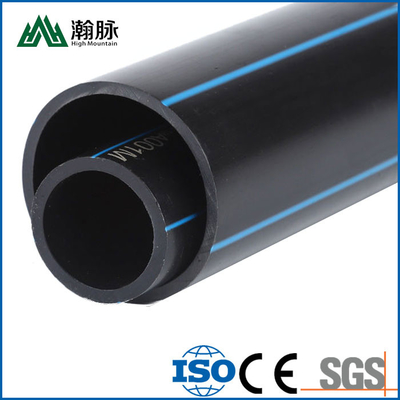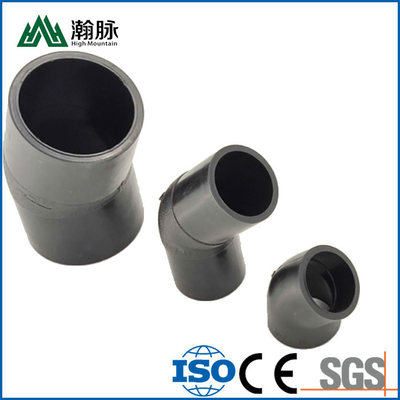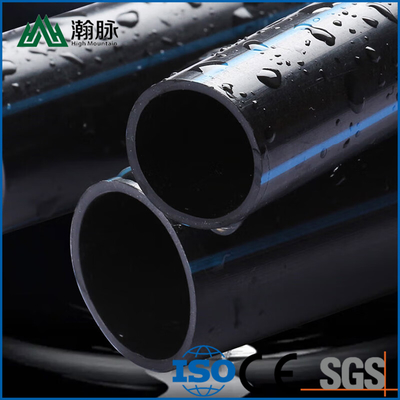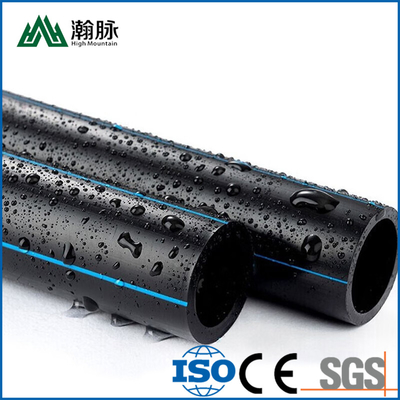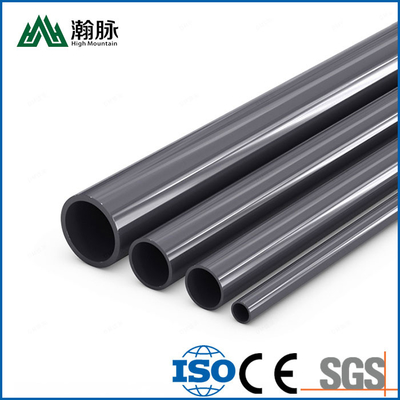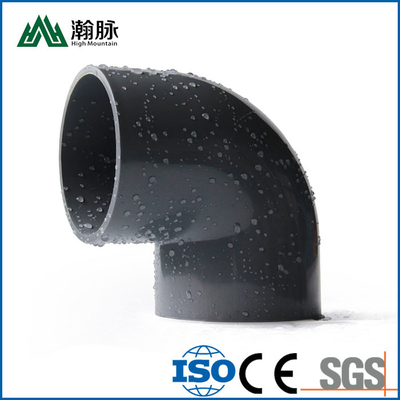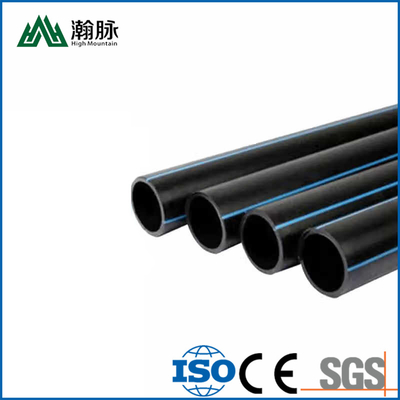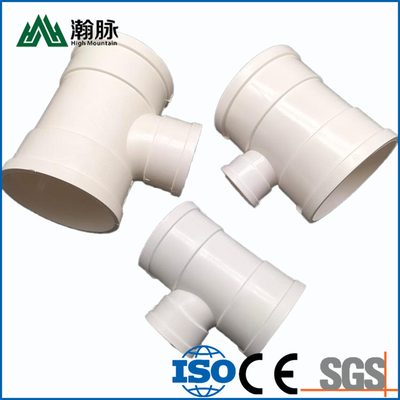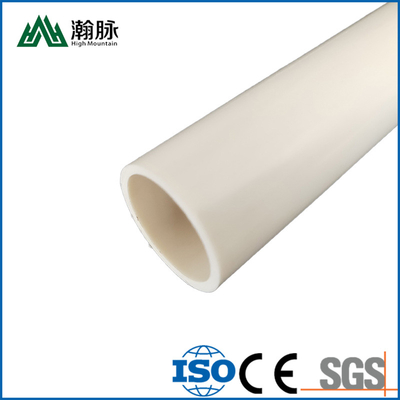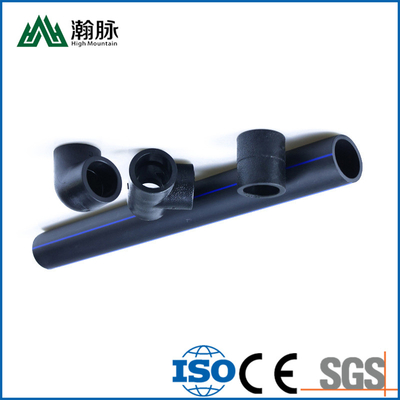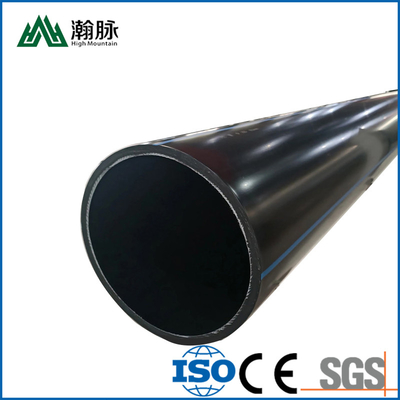Introduction:
HDPE (High-Density Polyethylene) water pipes are a crucial component of modern infrastructure, facilitating the safe and efficient transportation of water in various applications. In this comprehensive article, we will delve into the meaning of HDPE pipes, their applications, and the techniques used to joint them effectively.

1. What Does HDPE Water Pipe Mean?
HDPE stands for High-Density Polyethylene, which is a type of thermoplastic polymer known for its high strength, durability, and resistance to corrosion. HDPE water pipes are specifically designed for the conveyance of potable water, irrigation systems, wastewater, and various other fluid transportation applications. These pipes are manufactured using high-density polyethylene resin, which provides exceptional toughness and longevity, making them suitable for both underground and above-ground installations.

2. What Are HDPE Water Pipes?
HDPE water pipes are flexible, lightweight, and cost-effective conduits for water transportation. They are available in various diameters and lengths to accommodate different project requirements. The key features of HDPE water pipes include:
Corrosion Resistance: HDPE pipes are highly resistant to corrosion from chemicals and environmental factors, ensuring long-term performance even in harsh conditions.
Flexibility: The flexibility of HDPE pipes allows for easy installation around obstacles and in challenging terrain without the need for extensive fittings.
Leak-Free Joints: HDPE pipes are typically joined using heat fusion techniques, which create seamless and leak-free joints, eliminating the risk of water loss or contamination.
Long Service Life: HDPE pipes have a proven track record of durability and longevity, with a service life of up to 100 years, reducing the need for frequent replacements and maintenance.

3. How HDPE Pipes Are Jointed?
HDPE pipes are jointed using various methods, with heat fusion being the most common technique. The process involves melting the ends of the pipes and fusing them together to create a seamless and robust joint. The following are the primary heat fusion techniques used for joining HDPE pipes:
Butt Fusion: Butt fusion is the most widely used method for joining HDPE pipes of the same diameter. It involves heating the ends of the pipes using a specialized butt fusion machine until they reach the desired temperature. The heated ends are then pressed together and held under pressure until the molten material cools and solidifies, forming a strong bond.
Electrofusion: Electrofusion is a fusion welding process that utilizes special fittings with built-in heating elements. The ends of the pipes are fitted with electrofusion couplers, and an electric current is passed through the fittings, heating them and causing the material to melt. Once the molten material cools, it forms a secure joint with excellent strength and integrity.
Socket Fusion: Socket fusion is primarily used for joining small-diameter HDPE pipes (up to 110mm). It involves heating the outside surface of the pipe and the inside surface of the socket fitting using a socket fusion tool. The heated surfaces are then pressed together, allowing the material to fuse and create a watertight joint.
In addition to heat fusion techniques, HDPE pipes can also be joined using mechanical fittings, such as compression fittings or flanged connections, which provide flexibility and ease of installation in certain applications.
Conclusion:
HDPE water pipes play a vital role in modern water infrastructure, offering numerous benefits in terms of durability, flexibility, and ease of installation. Understanding the meaning of HDPE pipes, their applications, and the techniques used for jointing is essential for ensuring the reliable and efficient conveyance of water in various settings. With continuous advancements in material technology and installation methods, HDPE pipes remain a cornerstone of sustainable water management practices worldwide.

 Your message must be between 20-3,000 characters!
Your message must be between 20-3,000 characters! Please check your E-mail!
Please check your E-mail!  Your message must be between 20-3,000 characters!
Your message must be between 20-3,000 characters! Please check your E-mail!
Please check your E-mail! 
